Sometimes when I post about things, I forget that I need to lay a foundation for those that are new/newer to real food, so today, let’s talk about meat.

?Conventional meat: is the cheapest meat available because it is produced on a large scale (think CAFO – confined animal feeding operation), usually with hormones, antibiotics, grain-fed, and honestly, in inhumane conditions.
? Hormone and antibiotic free is better in that they don’t use hormones or antibiotics. But animals are still in CAFOs, still eating a grain-based diet, still unable to move about, still inhumane.
?Organic means that there is no GMOs, no hormones, no antibiotics, and that the feed is organic, although still grain based. Animals are typically still confined and usually kept indoors.
? Grass-fed (beef) and pasture-raised (pork and chicken) means the animals were raised on pastures the way they were intended to live. In the case of cows, they graze on grass only (if labeled grass-finished or 100% grass fed). In the case of pork and chicken, it means that they forage on pasture.
?Grass-fed and pasture-raised is the best quality meat for your health and the health of the planet. It’s also the most sustainable. It’s also the most humane. Animals are eating their biologically appropriate diet, are outdoors, and have access to fresh air and sunlight! This is what I opt for. With that being said, I recommend that my clients buy what they can afford, and work their way towards the top of the inverted pyramid.
? Note that I left NATURAL off this list, that’s because it means ???. It is not a regulated term and it literally is only a marketing tool.
Unless you live near a farm, it can be hard to find grass-fed and pasture-raised meats at grocery stores. My three favorite meat delivery options:
- Five Mary’s Farm in Fort Jones California. We stop at their Burger House every time we drive to Miller’s Meyers. Use code KICKCANCER for 20% off your first order.
- Grass-Roots Co-op is meat delivery service that offers grass-fed and pasture-raised meats from American farms. Use this link to save $30 off your first box.
- Butcher Box offers customizable boxes of pasture-raised and grass-fed meats. Use this link to save $30 off your first box.
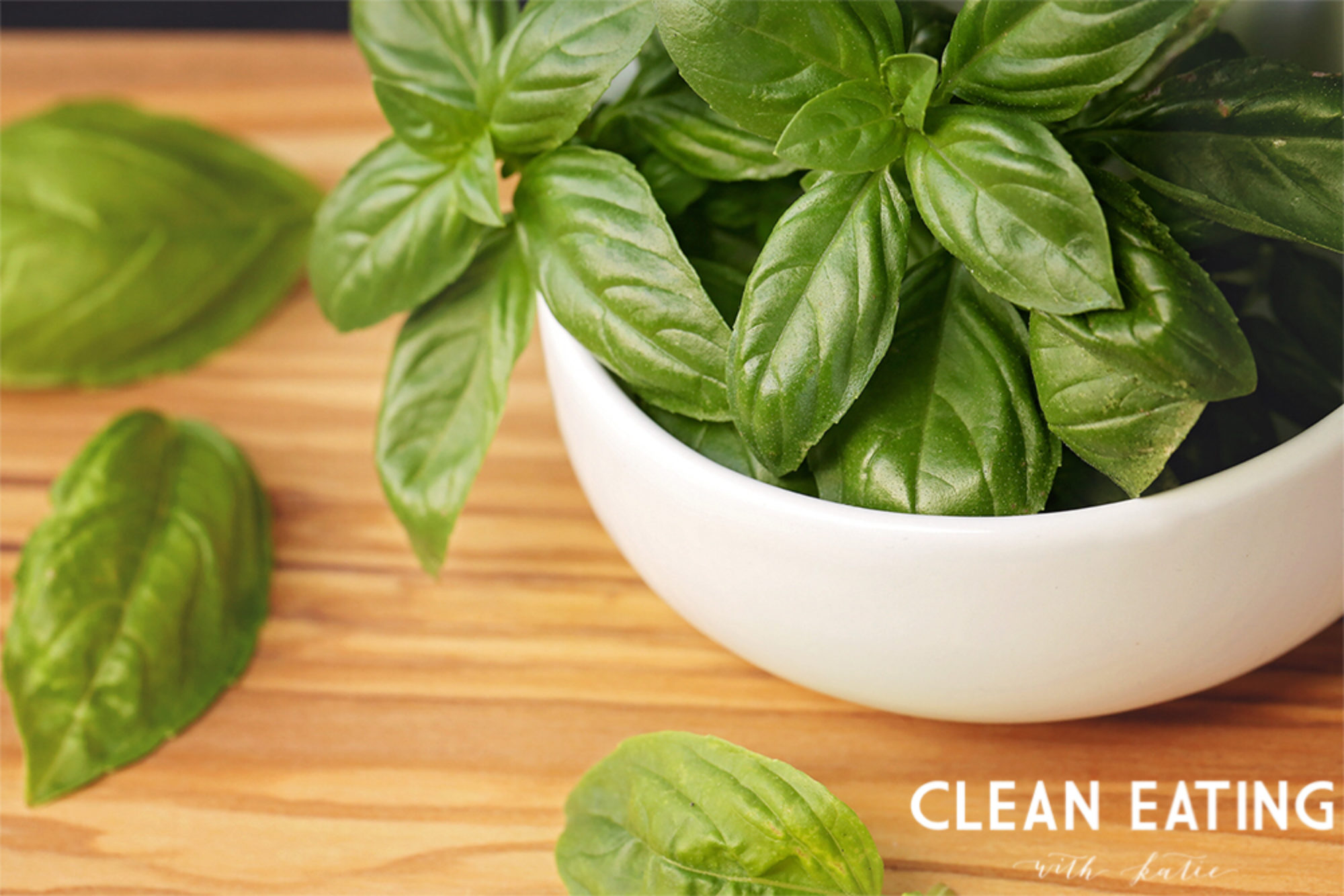

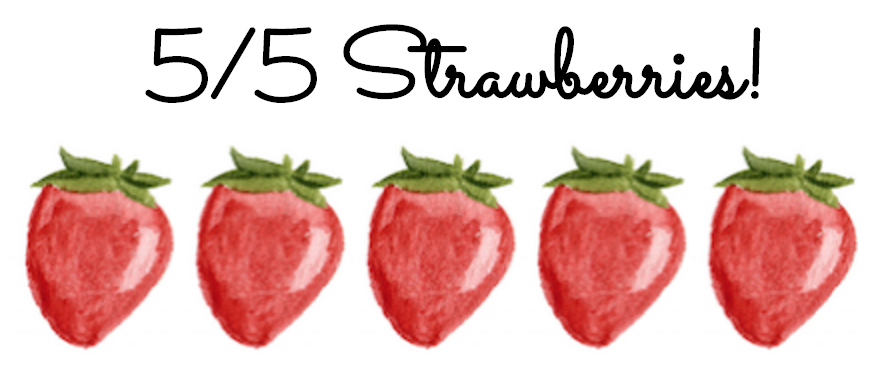 er tells readers what they can do to help keep cancer at bay, keep it from coming back, or to surpass a not-so-optimistic prognosis.
er tells readers what they can do to help keep cancer at bay, keep it from coming back, or to surpass a not-so-optimistic prognosis.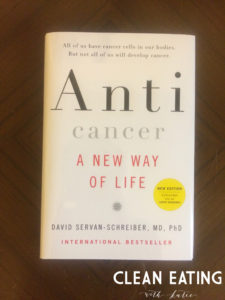 t’s how tumors are born. But our bodies are also equipped with a number of mechanisms that detect and keep such cells in check.” This quote instills a bit a fear in me, knowing that cancer can be happening to all of us, all the time, BUT it also inspires hope because it empowers each of us to know that we have the power to make changes in our bodies and our futures.
t’s how tumors are born. But our bodies are also equipped with a number of mechanisms that detect and keep such cells in check.” This quote instills a bit a fear in me, knowing that cancer can be happening to all of us, all the time, BUT it also inspires hope because it empowers each of us to know that we have the power to make changes in our bodies and our futures.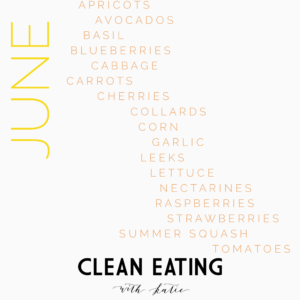 nectarine season. And that summer squash will be coming to a zoodler near you! Here is the Spiralizer that I use to turn my zucchini into “noodles”:
nectarine season. And that summer squash will be coming to a zoodler near you! Here is the Spiralizer that I use to turn my zucchini into “noodles”: 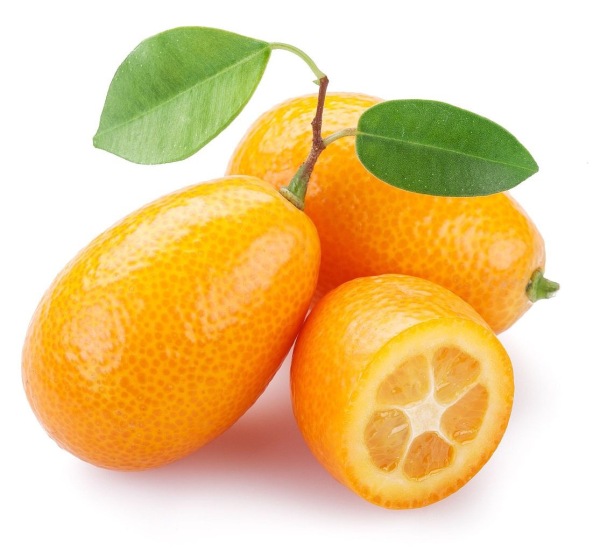

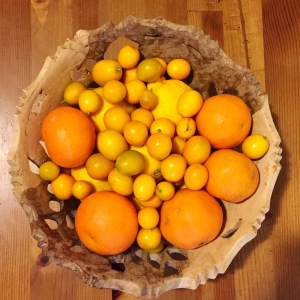
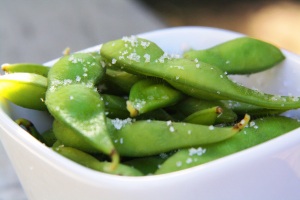
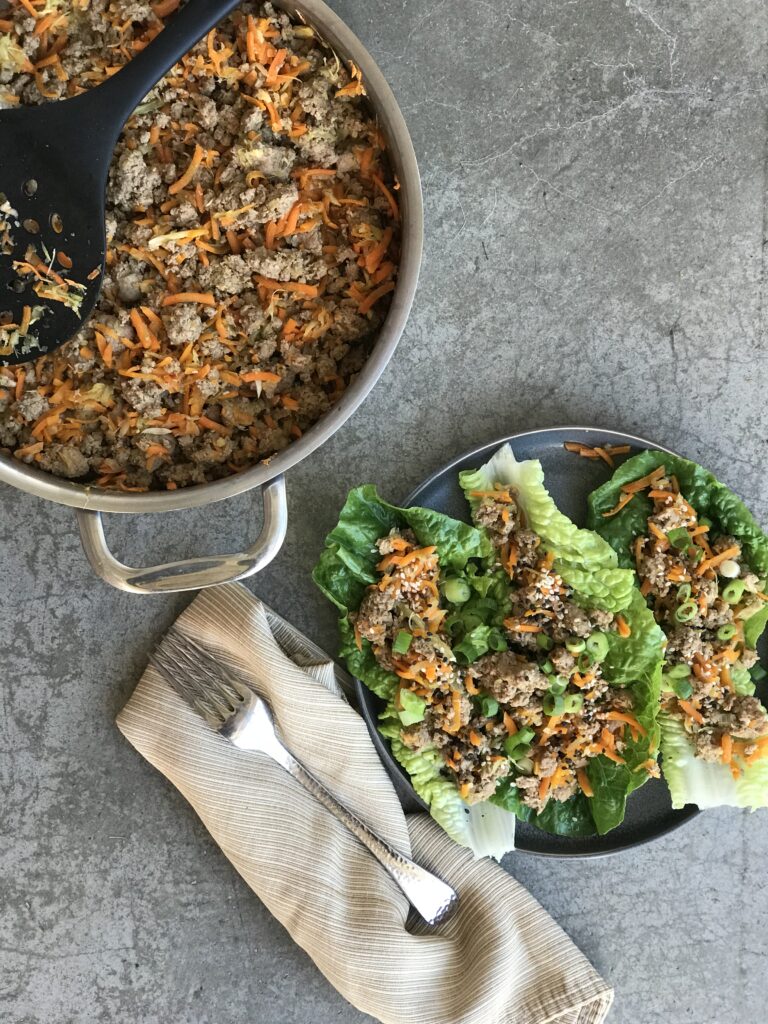
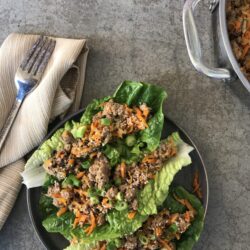
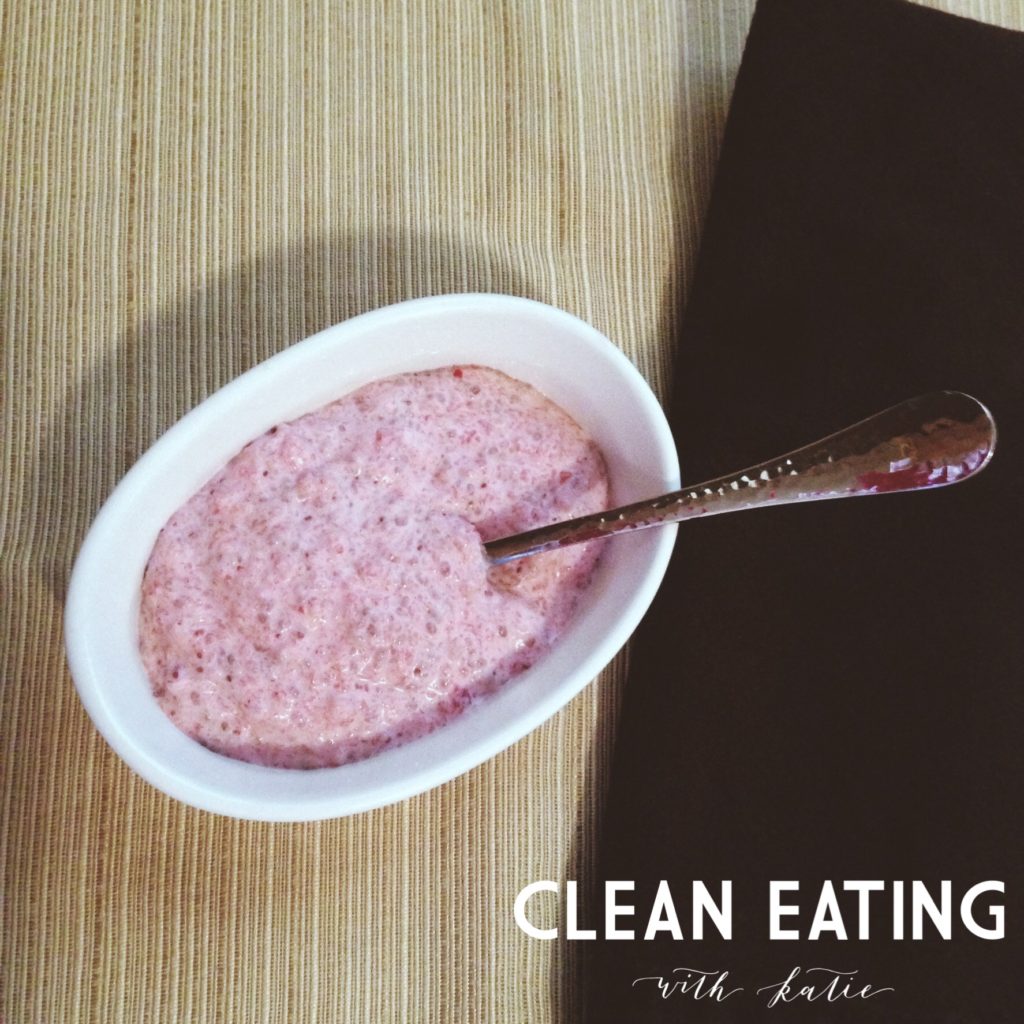
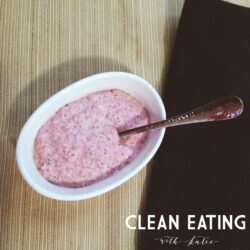
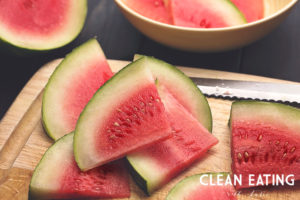 It also contains other antioxidants including beta-carotene, beta-cryptoxanthin, and phenols
It also contains other antioxidants including beta-carotene, beta-cryptoxanthin, and phenols